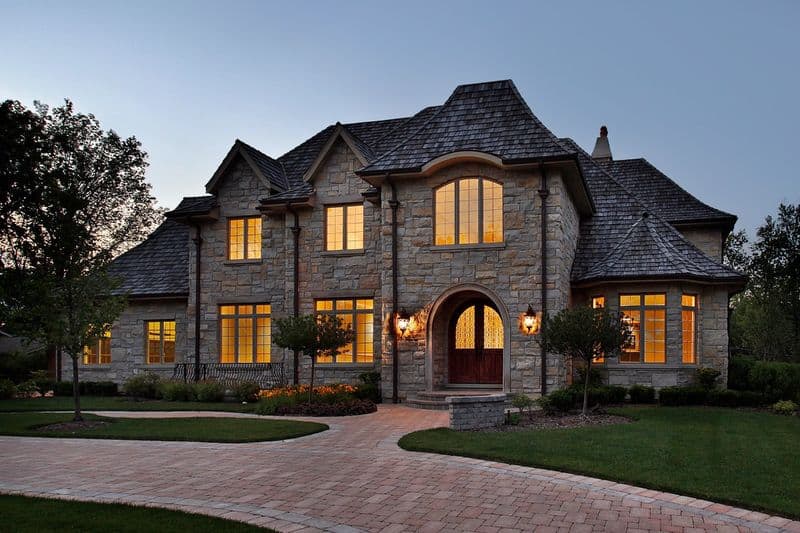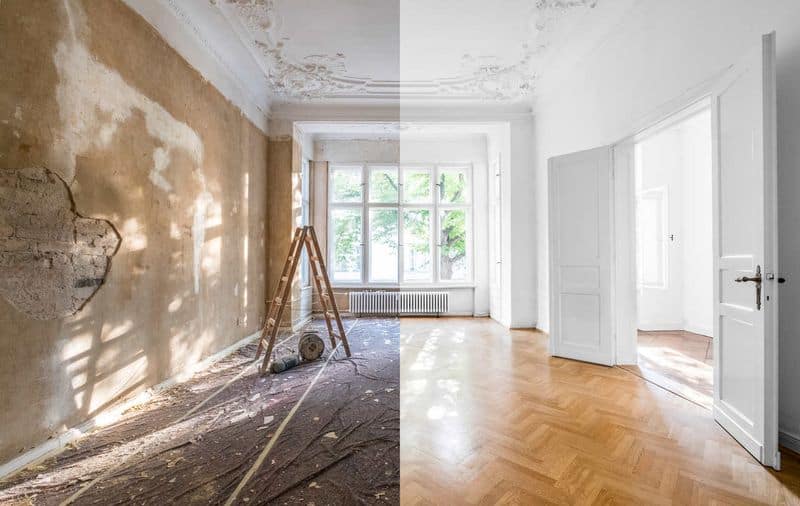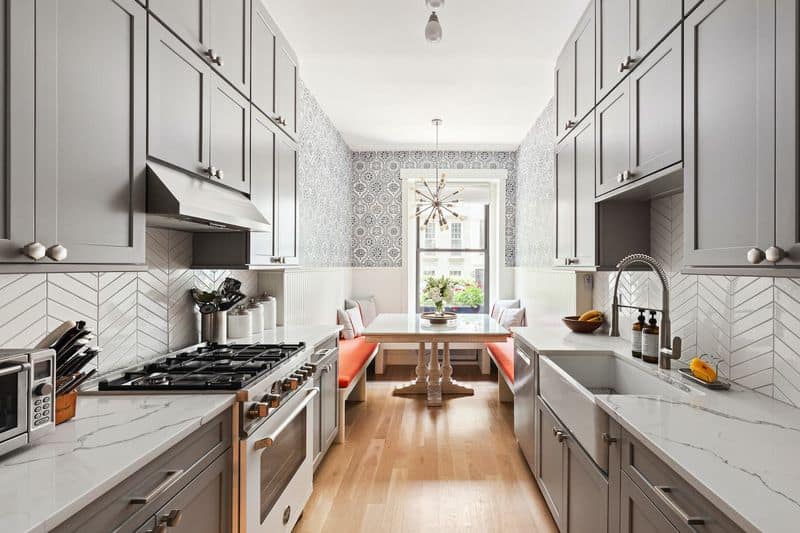Flipping properties can be a lucrative venture, but it requires knowledge, strategy, and a bit of daring. As a beginner, diving into property flipping might seem overwhelming.
However, with the right guidance and understanding of key steps, you can navigate this exciting field and turn a profit.
This guide will walk you through 7 essential steps to help you start flipping properties like a seasoned professional.
1. Research the Market

Understanding the market is crucial for successful property flipping. First, study local real estate trends to identify hot markets and neighborhoods. Pay attention to property values and demand. Next, analyze comparable sales, often called “comps,” to gauge potential profit margins. Use online tools and attend local real estate seminars to gather insights.
Networking with real estate agents can provide valuable information about upcoming properties.
Additionally, keep an eye on economic indicators that might affect property prices, such as employment rates.
This research phase is foundational, helping you make informed decisions and minimize risks in your flipping journey.
2. Secure Financing

Securing financing is a pivotal step in property flipping. First, assess your budget and decide how much you’re willing to invest. Traditional bank loans might be an option, but they often require a substantial down payment and a strong credit score.
Alternatively, consider hard money loans, which are short-term and based on the property’s value.
Explore crowdfunding platforms as a modern financing method. Networking with private investors can also open doors to partnerships.
Ensure you understand loan terms, interest rates, and repayment schedules. Proper financing ensures that you have the capital needed to purchase and renovate properties.
3. Find the Right Property

Finding the right property is key to a successful flip. Start by determining the type of property you want to invest in—single-family homes, condos, or multi-family units. Consider factors like location, size, and potential for improvement.
Use online platforms and real estate agents to scout for foreclosures and auctions. Visit properties in person to assess their condition and renovation needs. Evaluate the property’s potential to attract buyers once renovated.
Look for properties with good “bones,” such as a solid structure, but in need of cosmetic updates. The right choice will yield a profitable return on investment.
4. Plan Your Renovations

Planning renovations is where creativity meets strategy. Begin by setting a realistic budget and timeline for your renovations. Prioritize projects that add value, such as kitchen and bathroom upgrades, energy-efficient installations, or curb appeal enhancements.
Work with contractors and designers to create a detailed renovation plan. Obtain necessary permits and ensure compliance with local regulations. Choose quality materials that fit your budget. Keep in mind that unexpected issues can arise, so include a contingency budget.
Organizing and planning will help ensure a smooth renovation process, leading to a beautifully transformed property that attracts buyers.
5. Execute Renovations

Executing renovations requires coordination and attention to detail. Begin by hiring skilled contractors who understand your vision. Communicate your expectations clearly and regularly check on progress to ensure timelines are met. Keep an eye on quality and address any issues promptly.
Stay involved in the project, making decisions on finishes and adjustments as needed. Ensure safety protocols are followed to prevent accidents. Monitor expenses closely to avoid budget overruns.
A well-executed renovation not only improves the property’s appeal but also maximizes your potential profit when it’s time to sell.
6. Stage the Property

Staging is the art of creating an inviting atmosphere that appeals to potential buyers. Start by decluttering and cleaning the property thoroughly. Use neutral colors and modern furnishings to enhance space and light.
Hiring a professional stager can make a significant difference, showcasing the property’s best features and helping buyers envision living there. Focus on key areas like the living room, kitchen, and master bedroom.
Don’t underestimate the power of curb appeal; a fresh coat of paint or new landscaping can make a striking first impression. Effective staging can significantly boost the property’s market value.
7. Sell for Profit

Selling the property is the final step in a successful flip. Set a competitive price by analyzing market trends and considering recent sales in the area. Hire a skilled real estate agent to list and market the property.
Utilize online platforms and social media to reach a broader audience. Host open houses and private showings to attract potential buyers. Be prepared to negotiate and consider offers.
Ensure all legal paperwork is in order to facilitate a smooth sale process. Successfully selling the property not only rewards your hard work but also provides the capital to reinvest in future flipping opportunities.

